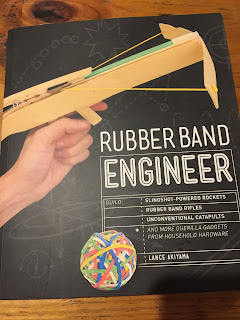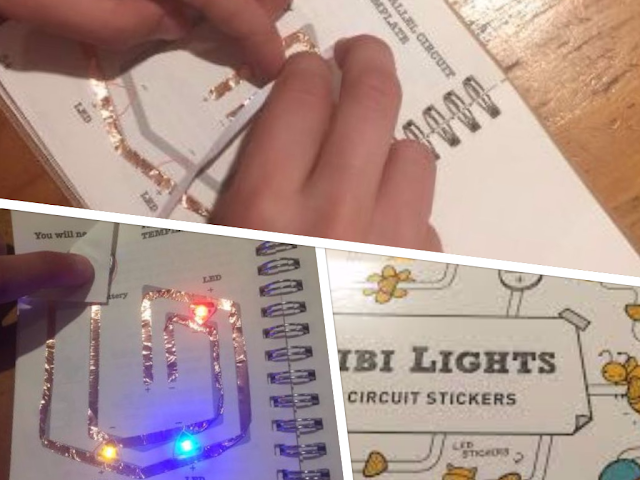Using a Lilypad for a first project
Create a Cushion with twinkling lights This project is to make a cushion with twinkling lights. The light circuit was added to a cushion project during the making of the cushion. This blog assumes you have a cushion project or fabric to sew the circuit on. This project uses the lilypad and circuit as a decorative feature and so it is sewed on the outside of the cushion. This will assist with changing the programming of the lights and replacing the battery. The cushion will be decorative and not washable. You could do a similar project and hide the lilypad inside. Consider how will you change the battery. You will need: Fabric for your cushion - we made a 50cm cushion. Protosnap Lilypad Development Board Conductive thread Alligator clips or wire for each light Needle Embroidery hoop Dress makers chalk Software https://www.arduino.cc/en/main/software Code: https://www.arduino.cc/en/tutorial/fade Sewing Instructions: https://www.sparkfun.com

